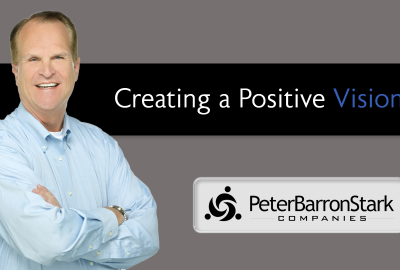Vision
6 Steps to Building Your Vision
Step One: Create a Vision
 To start the visioning process, you must get in touch with your true desire. What is important to you? What matters? What do you care about? What do you really want? A vision comes from the heart. It must be truly meaningful to you.
To start the visioning process, you must get in touch with your true desire. What is important to you? What matters? What do you care about? What do you really want? A vision comes from the heart. It must be truly meaningful to you.
Create a mental picture of what you want. The visioning process requires quiet reflection. Step back from your busy, fast paced environment and relax. Visioning requires imagery and creativity. The more relaxed you are and the farther away you are from day to day tensions, the easier it is to create and visualize. Many people have a difficult time creating a vision because that vision may be so far removed from reality. Yet, it is that very distance or gap between the vision and current reality that propels you toward achieving the vision.
This concept was first described by Robert Fritz in his book, The Path of Least Resistance. Fritz calls it structural tension. There are two components to structural tension. One is the vision or the picture of what you want. The second component is current reality or what you have now. As Fritz maintains, “The difference or discrepancy between what you have (current reality) and the result you want (vision) creates structural tension.”
Structural tension is useful because it seeks resolution. In other words, to resolve the tension between your vision and current reality, one or the other has to give. As Fritz puts it:
Structural tension may be resolved in either of two ways. It may be resolved through a change in current reality, so that your outward circumstances come to correspond more closely with your vision. On the other hand, the tension may be resolved through a change in your vision, so that you alter the result you want to correspond more closely with what you have now.
In summary, to achieve your vision, first crystallize the vision. Make it real, in your mind and in your heart. Then, acknowledge current reality. Feel the tension between the two. Allow yourself to be propelled toward your vision. Use the structural tension as an ally to move you to what you truly want.
Step Two: Decide on Actions
Now that your vision is clear, you can begin to determine the actions that must be taken to achieve the vision. These actions become the specific goals that are to be accomplished. A goal is a target, an end, or an objective. It is the accomplishment of these targets–or goals–that brings you closer to your vision.
For example, if your vision is to achieve a more prominent position in your organization or to move higher on your career path, you would first go through the visioning process and become crystal clear on what it is you actually want. You would know exactly what it would look like and how it would feel. Then ask yourself, “What do I need to accomplish to get to my vision?” One action may be to go back to school and complete a degree program. If you need the degree to achieve the vision, it becomes one of your key goals.
At this point in the goal-setting process, simply list the various actions you must take to achieve the vision. As we move through the next steps, we will discuss how to write effective goal statements.









Leave a reply